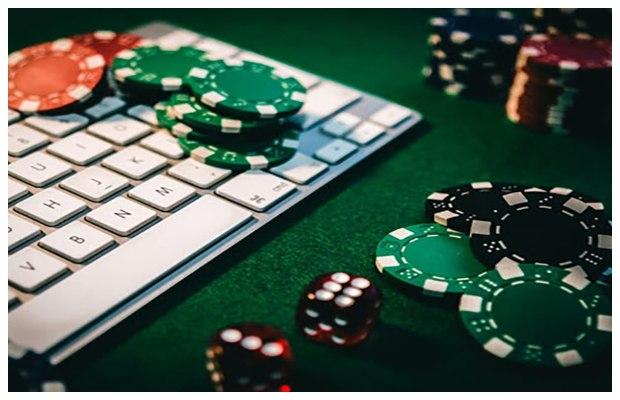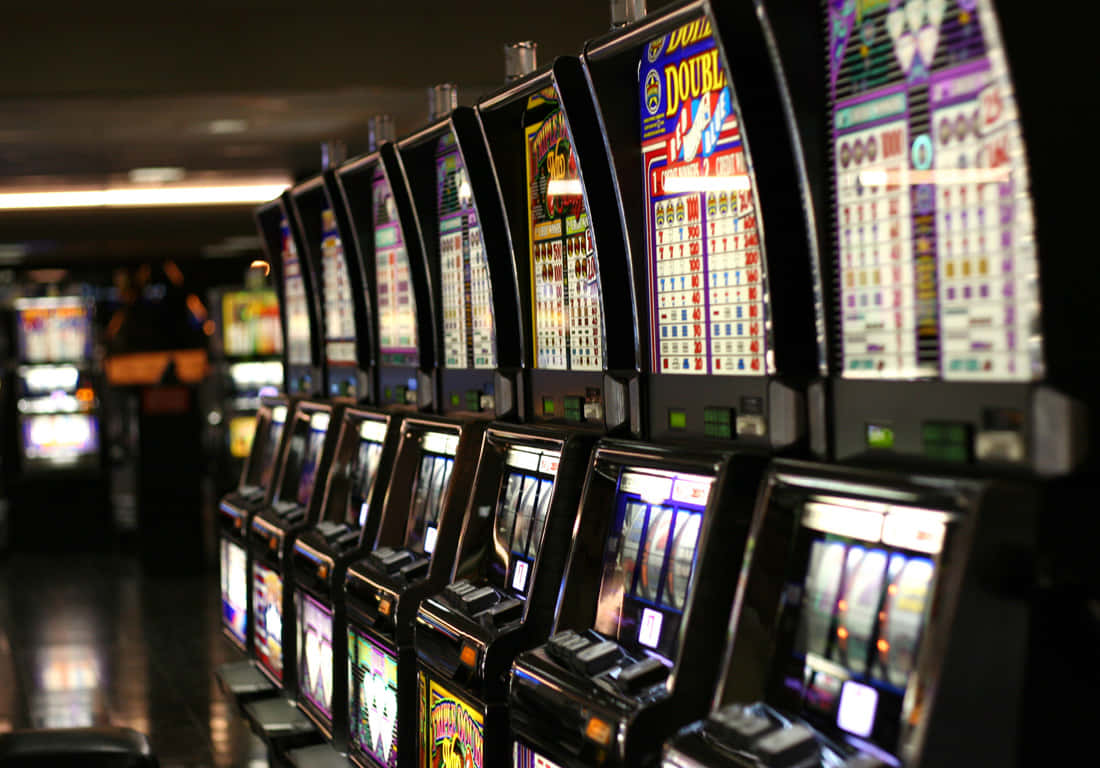Be smart, play smart, learn how to play casino craps the right way!
All aspects of the Buy bet are the same as the Place bet except: 1) A Buy bet pays off at true odds, 2) You have to pay a tax, or a vigorish, to get the true odds, and 3) A Buy bet is positioned on the layout differently. Everything else about the Buy bet is the same as the Place bet.
The casino is in business to make money, so they’re not going to give you true odds for nothing (except, of course, the free true Odds bet that you can add to your Pass Line bet–they’re “free” because you don’t have to pay a vigorish). So, how does the casino make money if they pay off a Buy bet at true odds (i.e., true odds means there’s no built-in house advantage)? Ready to get screwed again? They tax you! You believe that? A tax! You have to pay for the privilege of getting true odds. This tax is called a “vigorish” or “vig.”
John Winn is the father of modern craps. His version of the game allowed gambling halls to offer more player-friendly bets in return for a 5% charge. The worst the gambling halls could do was break even on true odds bets, but they still made money because of the added 5% tax. The added charge brought in so much money that they soon referred to it as giving vigor to their profits; hence, the term “vigorish.” The vig today remains at 5%.
Buy bets on the 4 and 10 are always better than Placing the 4 and 10. Buy bets on the 5 and 9 may be better than Placing the 5 and 9, depending on when you pay the vig. However, Place UFABET on the 6 and 8 are always better than Buying the 6 and 8.
What makes the Buy bet on the 4 and 10 better than a Place bet on the 4 and 10? Suppose you make a $10 Place bet on the 4
where the Place odds are 9:5, which means you win $18 for your $10 bet ($10 divided by 5 = $2, multiplied by 9 = $18). Now, instead of a Place bet, suppose you make a $10 Buy bet and pay a $1 vig for the privilege of getting true odds, which are 2:1. For a $10 Buy bet on the 4, you win $20 but have to pay the $1 vig, which results in a net payoff of $19. Comparing results of the two bets, the winning Place bet nets you $18; whereas, the winning Buy bet nets you $19.
The Buy bet gets better as your bet amount increases. For example, suppose you make a $25 Place bet on the 10, which means you win $45 for your $25 bet (Place odds are 9:5). Now, suppose you make a $25 Buy bet and pay a $1 vig for the privilege of getting true odds, which are 2:1. For a $25 Buy bet on the 10, you win $50 but have to pay the $1 vig, which results in a net payoff of $49. Comparing results of the two bets, the winning $25 Place bet nets you $45; whereas, the winning $25 Buy bet nets you $49.
Notice in the example for the $25 Buy bet that the vig is only $1. The 5% vig for a $25 Buy bet actually works out to be $1.25, but the casino typically doesn’t have chips valued at less than $1, so the vig is rounded down. Generally, vigs with a fraction of 50 cents or less are rounded down, while vigs with a fraction greater than 50 cents are rounded up. Therefore, for example, a $50 Buy bet has only a $2 vig even though 5% of $50 is $2.50. But some casinos won’t let you get away with too much of their profit. Suppose you make two separate $50 Buy bets at the same time (e.g., you drop $100 in the Come box and tell the dealer, “Buy the four and ten for fifty dollars each.”) Instead of rounding down the vig for each bet and charging a total vig of $4 (i.e., $2 for each $50 bet), the casino may charge you the full $5 vig (i.e., $2.50 for each $50 Buy bet).
Most casinos don’t charge the vig until after you win the bet. However, some casinos require you to pay the vig up front at the time you make the bet. For example, for a $10 Buy bet on the 4 with an up-front vig, you must put down $11 when you make the bet (i.e., $10 for your bet and $1 for the vig). If the shooter rolls a 7, you lose $11. However, to attract customers, most casinos require the vig after you win the bet. For example, for a $10 Buy bet on the 4 with an after-win vig, you put down only the $10. Then, if you win, the dealer pays you $19 (i.e., $20 for the win minus $1 for the vig). Paying the vig after a win lowers the house advantage, which makes the Buy bet even better.
My experience is that, if a player has a choice of casinos to play, then vigs are generally paid after a win. If a casino is the only game in town, then vigs are generally paid up front. The reason is simple–competition. If you have a choice of casinos, you can walk out and go to the casino next door. However, if the casino is the only game in town, they have you by the balls, so they can get away with charging the vig up front. Their philosophy is, “If you don’t like it, don’t play–but we know you’ll play even if you don’t like it.”
To make a Buy bet, drop your chips in the Come box and tell the dealer the number you want to buy. The dealer then moves your chips to the point box in a position that corresponds to your table position (in a manner similar to Place bets) and puts a BUY button on top. The button tells the boxman and camera that you’re Buying the number instead of Placing it.

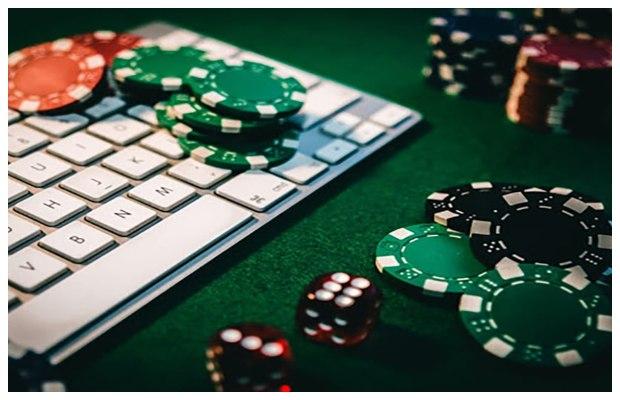 Rahasia Jackpot Besar di Slot Aladdin138
Rahasia Jackpot Besar di Slot Aladdin138 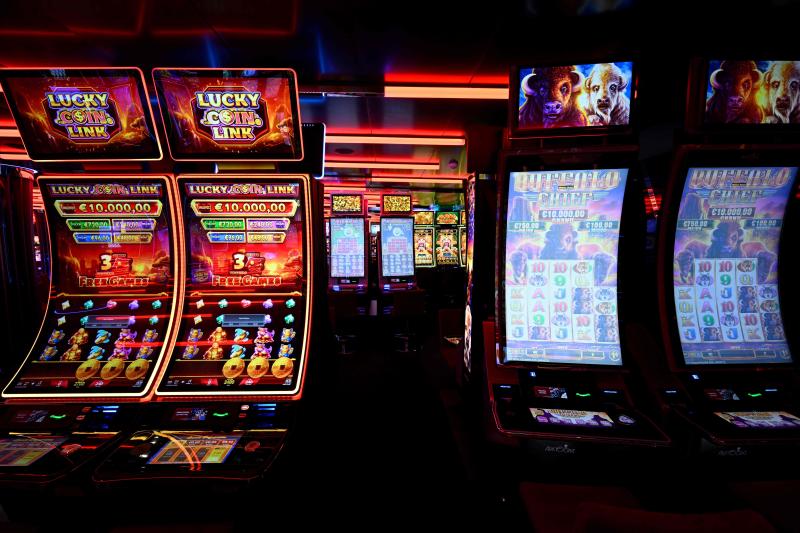 Mesin Slot gacor Gampang Menang dan Ilmu Kognitif: Memahami Perilaku Pemain
Mesin Slot gacor Gampang Menang dan Ilmu Kognitif: Memahami Perilaku Pemain  환상적인 카지노커뮤니티 경험을 위한 MU의 초대
환상적인 카지노커뮤니티 경험을 위한 MU의 초대 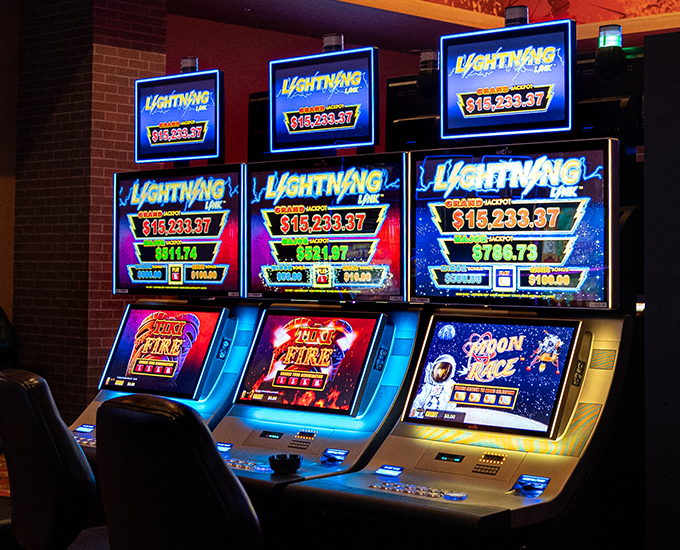 Spade 도메인을 사용하여 카지노 및 베팅 사이트에 안전하게 액세스
Spade 도메인을 사용하여 카지노 및 베팅 사이트에 안전하게 액세스 